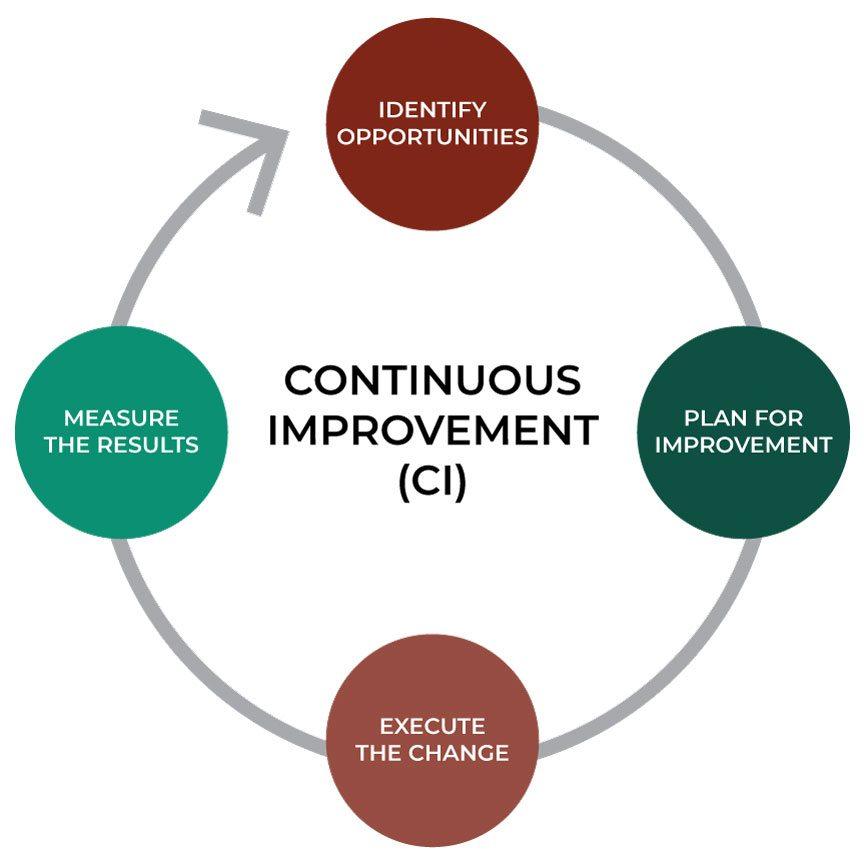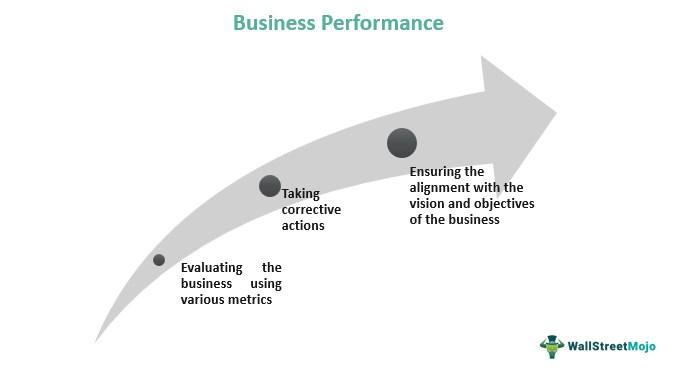In the bustling world of commerce, the intricate dance of logistics, transport, and shipping plays a vital role in ensuring the smooth flow of goods and services. At the heart of this intricate web lies the concept of Business Performance Measurement (BPM), a critical tool that helps businesses gauge their success and identify areas for improvement. Join us as we delve into the fascinating world of BPM in logistics, transport, and shipping, where efficiency and precision are the name of the game.
Setting Key Performance Indicators for Effective Business Performance Measurement
When it comes to measuring the performance of your business in the Logistics, Transport, and Shipping industries, setting key performance indicators (KPIs) is essential. These KPIs act as benchmarks to track the success and effectiveness of your operations, allowing you to make data-driven decisions and improvements. By defining specific KPIs that align with your business goals and objectives, you can gain valuable insights into areas such as cost efficiency, customer satisfaction, and operational effectiveness.
Some key performance indicators that businesses in the Logistics, Transport, and Shipping industries may consider include:
- On-time delivery rate
- Vehicle utilization rate
- Inventory turnover ratio
- Customer retention rate
| KPI | Definition |
|---|---|
| On-time delivery rate | The percentage of deliveries that are made on time. |
| Vehicle utilization rate | The percentage of time that vehicles are in use. |

Utilizing Technology to Track and Analyze Transport Efficiency
In today’s rapidly evolving business landscape, companies are constantly looking for ways to improve efficiency and reduce costs. One area where technology has revolutionized operations is in transport and shipping. By utilizing advanced tracking and analysis tools, businesses can gain valuable insights into their transportation processes, identify areas for improvement, and ultimately increase their bottom line.
With the help of cutting-edge software and hardware solutions, companies can now track shipments in real-time, monitor fuel consumption, optimize routes, and streamline logistics operations. By harnessing the power of data analytics, businesses can make data-driven decisions to improve transport efficiency, reduce delivery times, and enhance customer satisfaction. In an increasingly competitive market, leveraging technology for transport and shipping is no longer a luxury – it’s a necessity for staying ahead of the curve.

Improving Shipping Operations through Data-Driven Decision Making
One of the key components of improving shipping operations is implementing data-driven decision-making processes. By utilizing data to analyze and optimize various aspects of logistics, transport, and shipping, businesses can enhance their performance and efficiency. Through Business Performance Measurement (BPM), companies can track and measure key performance indicators (KPIs) to identify areas for improvement and make informed decisions to drive success.
With the help of advanced analytics and data visualization tools, companies can gain valuable insights into their shipping operations. By monitoring factors such as shipping times, costs, delivery accuracy, and customer satisfaction, businesses can identify trends, patterns, and opportunities for optimization. By leveraging data-driven decision-making strategies, companies can streamline their shipping processes, reduce costs, improve delivery times, and ultimately enhance overall customer satisfaction and loyalty.

Implementing Continuous Improvement Strategies in Logistics Management
Continuous improvement is essential in the field of logistics management to ensure smooth operations and maximize efficiency. By implementing strategies such as regular performance measurement and analysis, businesses can identify areas for improvement and make necessary adjustments to enhance their overall supply chain processes. This proactive approach helps to streamline logistics operations, reduce costs, and deliver better customer service.
Some key continuous improvement strategies that businesses can incorporate in logistics management include:
- Regular performance reviews: Assessing key performance indicators (KPIs) to measure the effectiveness of logistics processes.
- Employee training and development: Investing in training programs to enhance the skills and knowledge of logistics staff.
- Technology implementation: Utilizing advanced technology such as transportation management systems to optimize routing and scheduling.
Concluding Remarks
In conclusion, Business Performance Measurement (BPM) is a critical tool for evaluating the success and effectiveness of logistics, transport, and shipping operations. By monitoring key performance indicators and metrics, businesses can identify areas for improvement, optimize efficiency, and ultimately enhance their bottom line. As technology continues to advance and customer expectations evolve, staying ahead of the curve with BPM is essential for success in today’s competitive market. So, whether you’re a small startup or a global corporation, investing in BPM is the key to unlocking your business’s full potential. Thank you for joining us on this exploration of BPM in logistics, transport, and shipping. Here’s to continued growth and success in your business endeavors.
